The authors of the study on the Jewish community in New York participated in a conference call for the press today, hours after the release of their much-anticipated findings. The study contains a lot of information – some good (growing population), some bad (increased poverty rates) – but there were one or two eyebrow-raising results.
So we asked the authors: A lot of the study reinforces many of the things we already knew, but what did they view as the most surprising findings?
Dr. Steven Cohen (research team director, Jewish Policy & Action Research): I was struck not by the amount of poverty but by the growth of poverty. For me it was really significant and I had a spiritual experience, sitting in front of the computer screen, running those numbers, seeing those masses of Jews in front of my eyes, and realizing that 361,000 people who are living in my community were living in poor households. To me that was striking inasmuch as that number was 244,000 in 2002.
Have something to say about this? Join the debate at Rosner’s Domain on Facebook
I was also surprised by the number of people who are in Jewish life, who arrived in Jewish life even without Jewish parents and even without conversion. To me, that’s indicative of the fluidity of Jewish boundaries in America, which I know we don’t experience in Israel.
Scott Shay (chair of the UJA-Federation’s Jewish Community Study of NY Committee): Another surprise was diversity – 12% [of the New York Jewish community] is biracial. It’s not a typical stereotype of the old “you don’t look Jewish” joke. What we found that there’s substantial numbers of families who have adopted Asian children; there are folks who have intermarried and converted from a variety of faiths, and become part of the Jewish community. So that I think is very, very important.
The other surprise – and I think it should be underscored – is the growth of the community. A lot of people did not think the Jewish community was growing in the way it has been. Another surprise is that this is really a day school town – 64% of all [Jewish] children in New York attend day school, so that there’s more intensity in education and that applies in higher percentages than one might expect in conservative and reform [households] as well.
Dr. John Ruskay (executive VP and CEO, UJA-Federation of New York): Someone made a joke the other day, that someone was moving to New York from another part of America and said it’s a “mini form of aliyah”, because of the vitality and dynamism of the New York Jewish community. This report reflects the Israeli community here, the significant LGBT, the Russian Jewish community, the Syrian community, or the Orthodox community.
So this is a remarkable experiment in Jewish living in the open society, multiple manifestations of that, and this report documents what many of us experience day in and day out when we traverse this remarkable community.







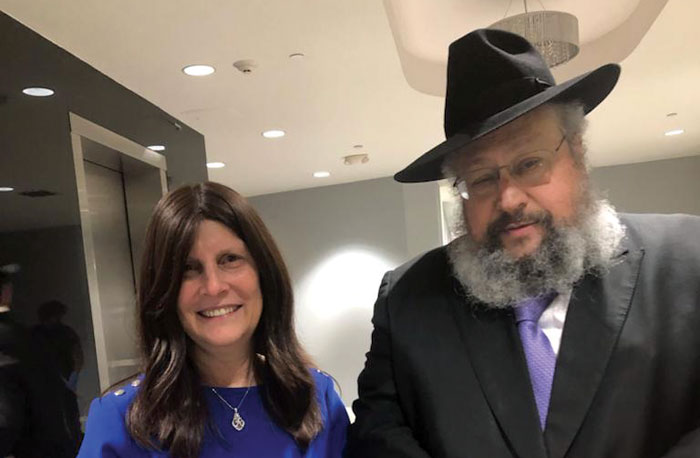
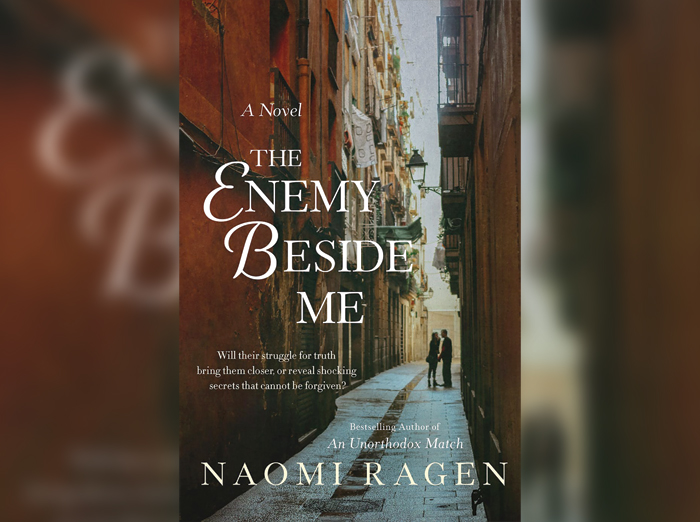
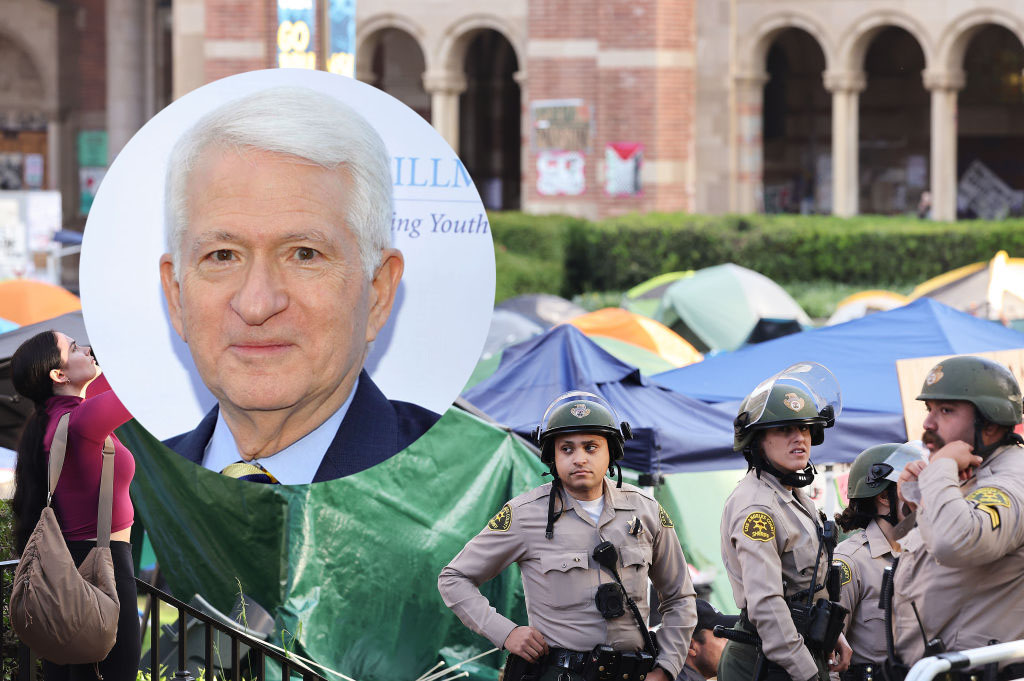
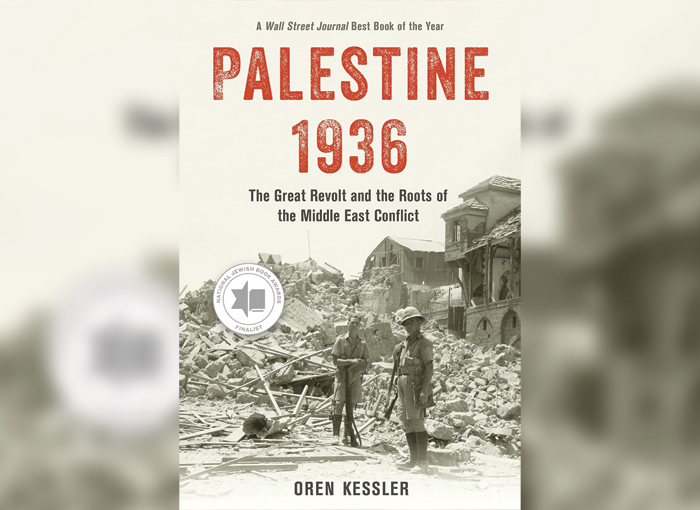
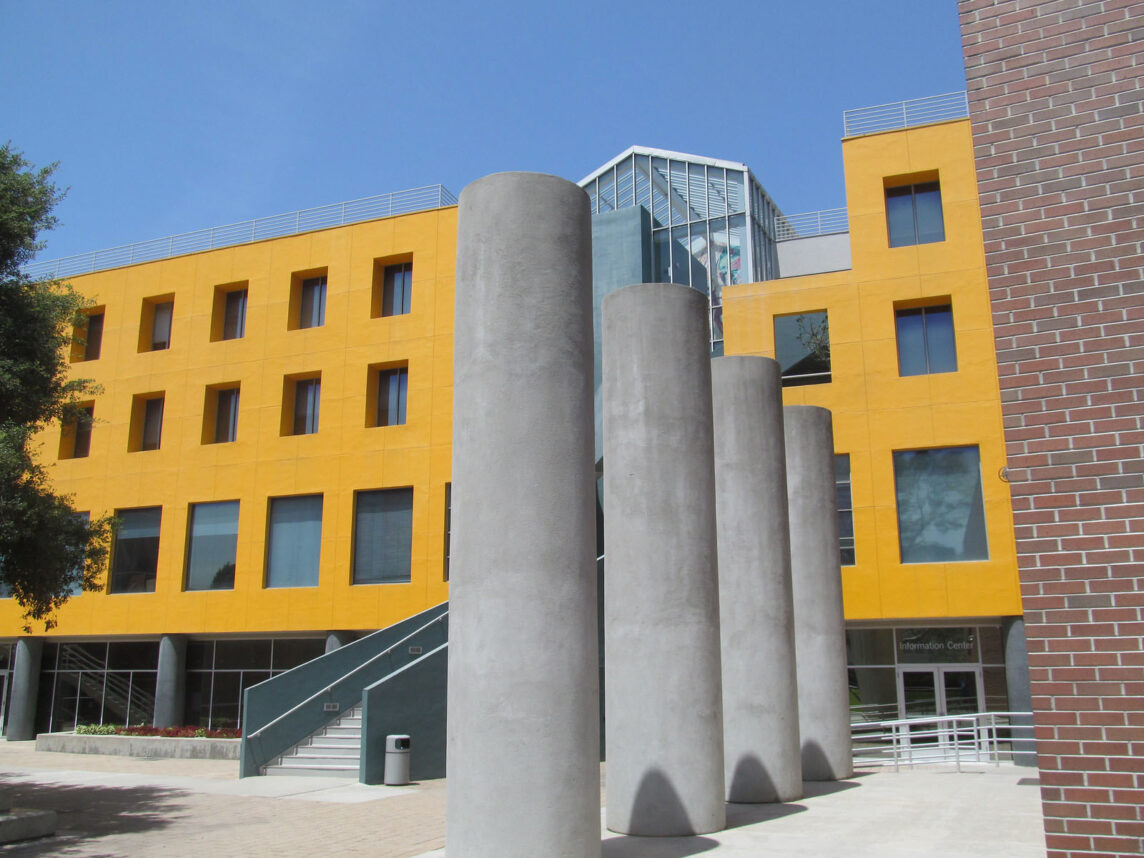
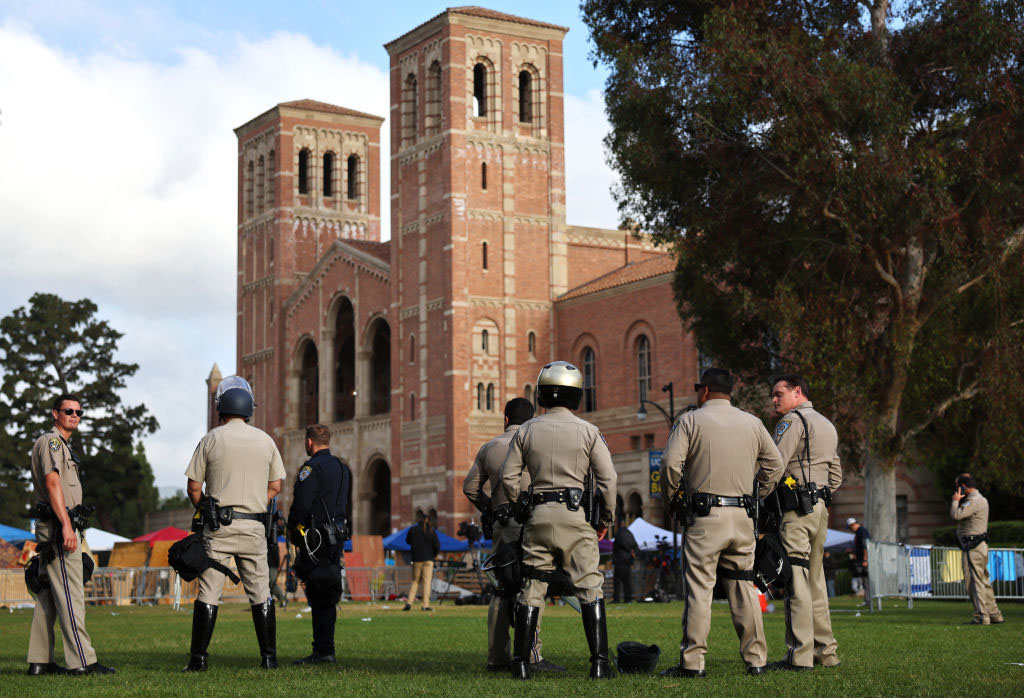
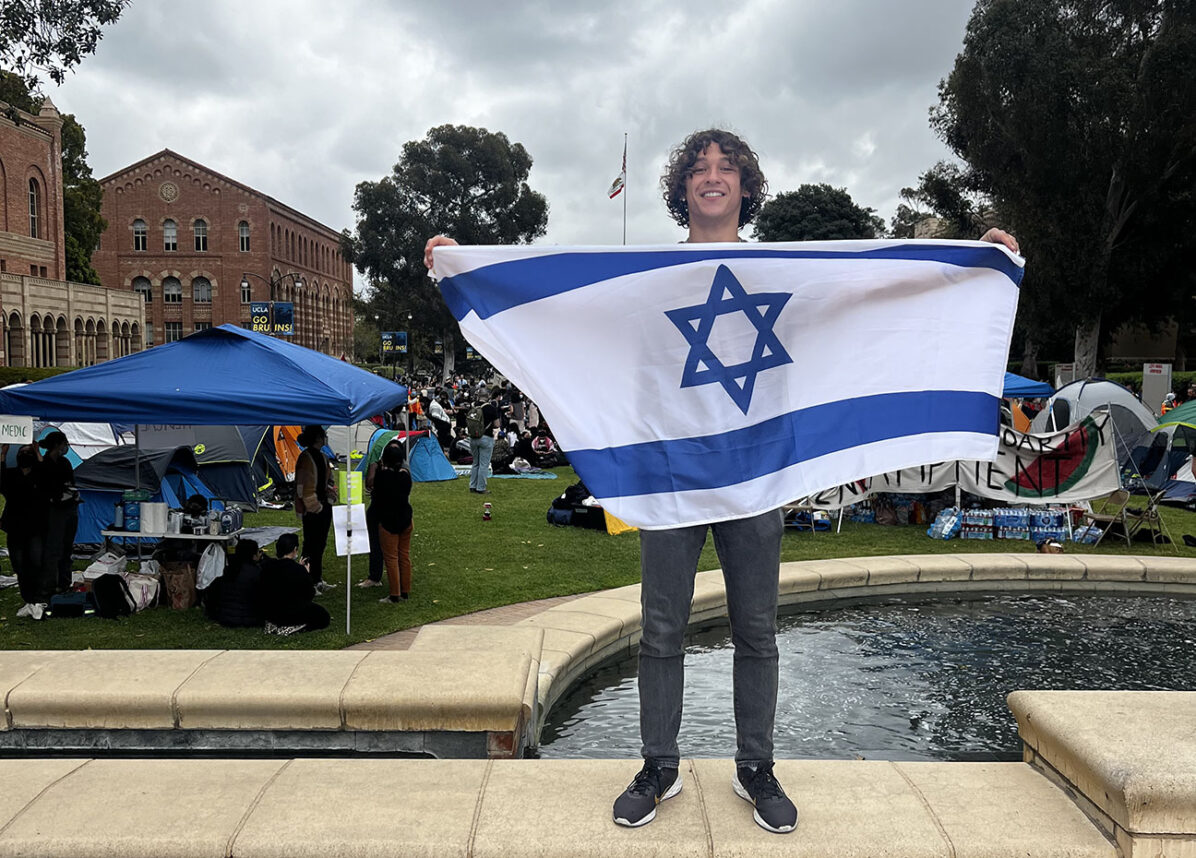
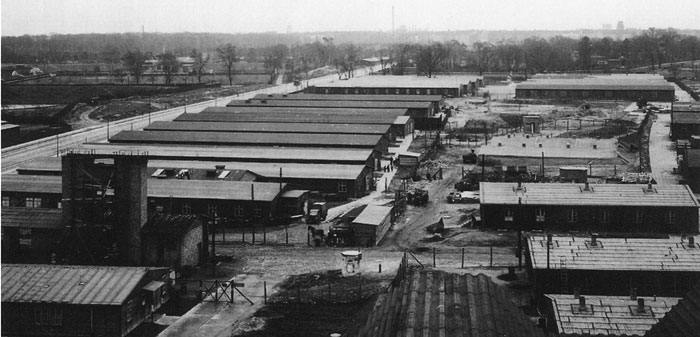
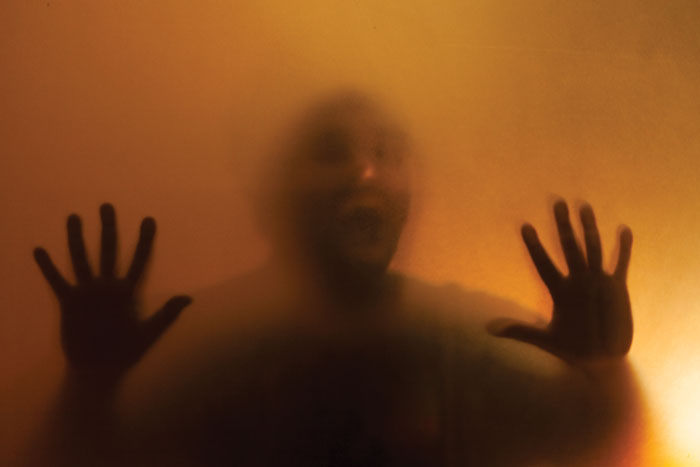
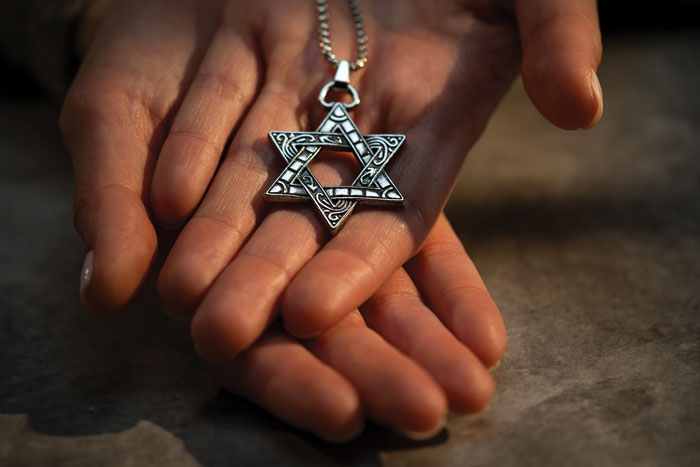






 More news and opinions than at a Shabbat dinner, right in your inbox.
More news and opinions than at a Shabbat dinner, right in your inbox.